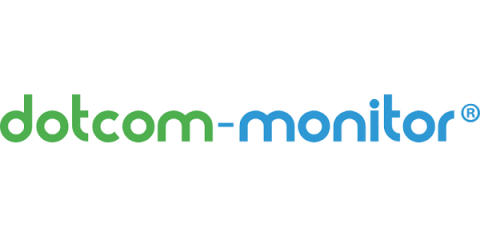What Does My Website Look Like From China? Test and Monitor Performance from China
In this current age of the Internet, it’s a common practice to build a website to run your online business. With the networks all around the world, theoretically, you can do business boundlessly. However, like each country has its boundary, the world of Internet is not a world without any control. In fact, every country has its own laws and rules toward this virtual world. And the case is especially different, when China’s Internet environment is involved.



